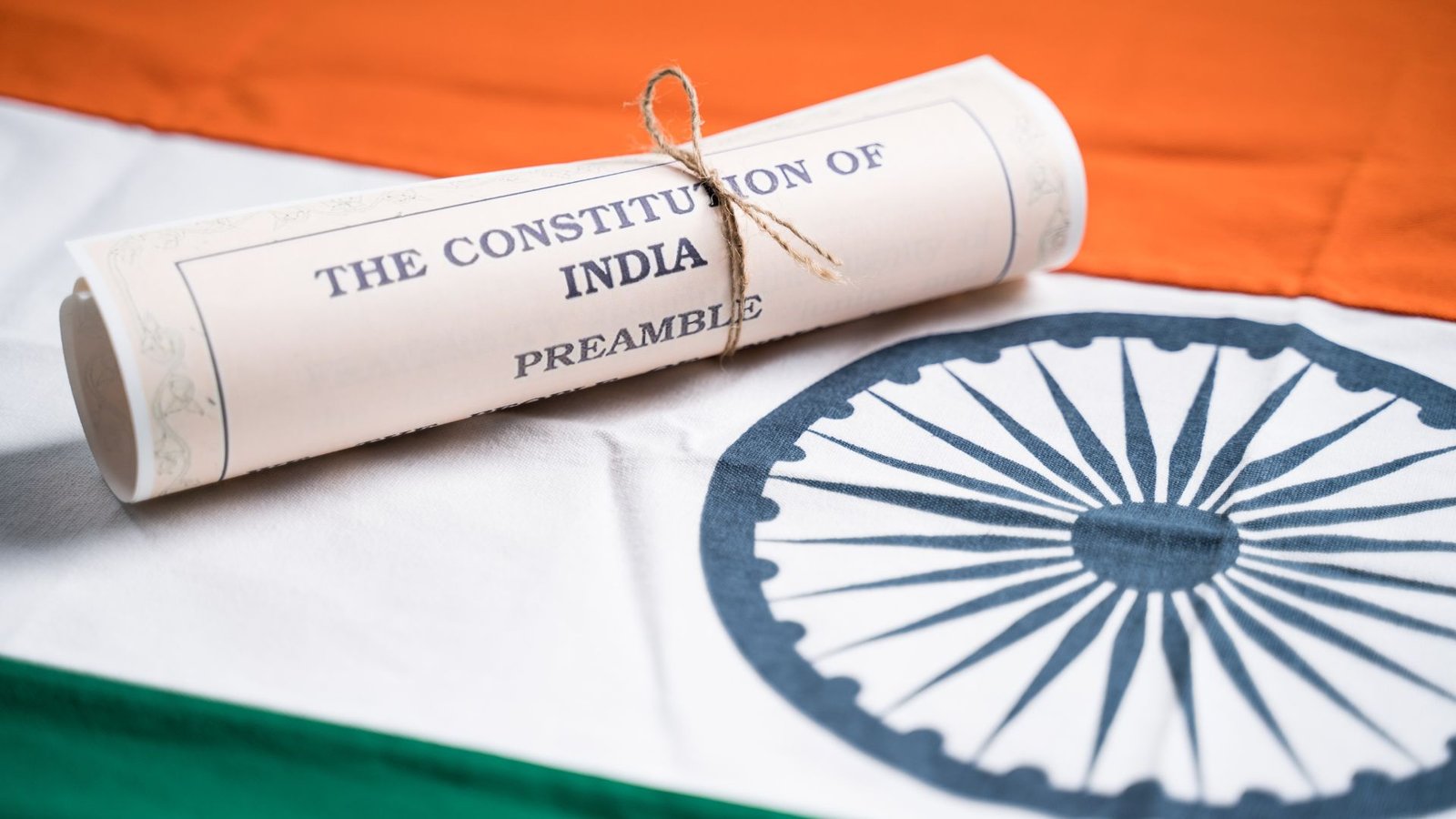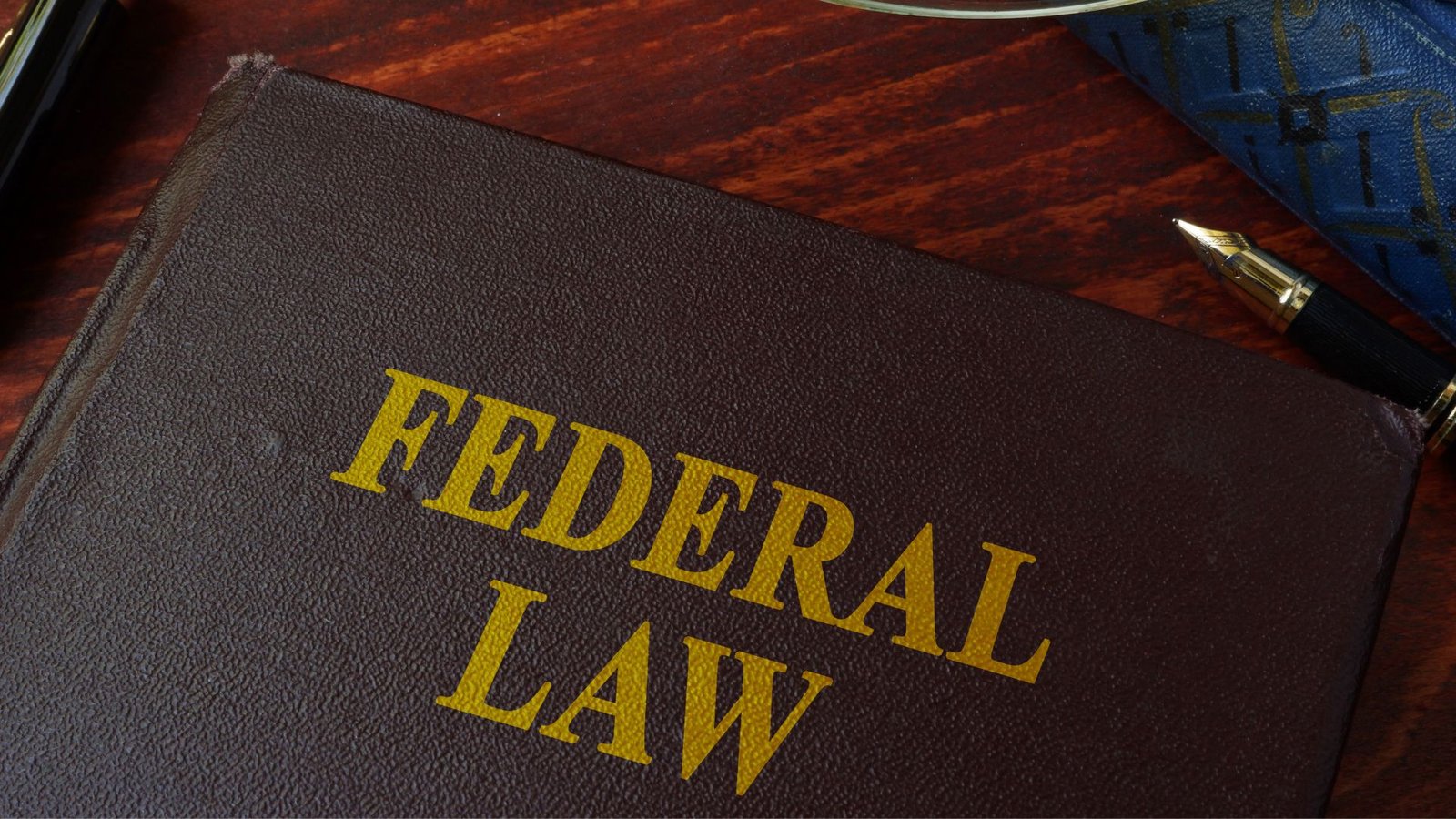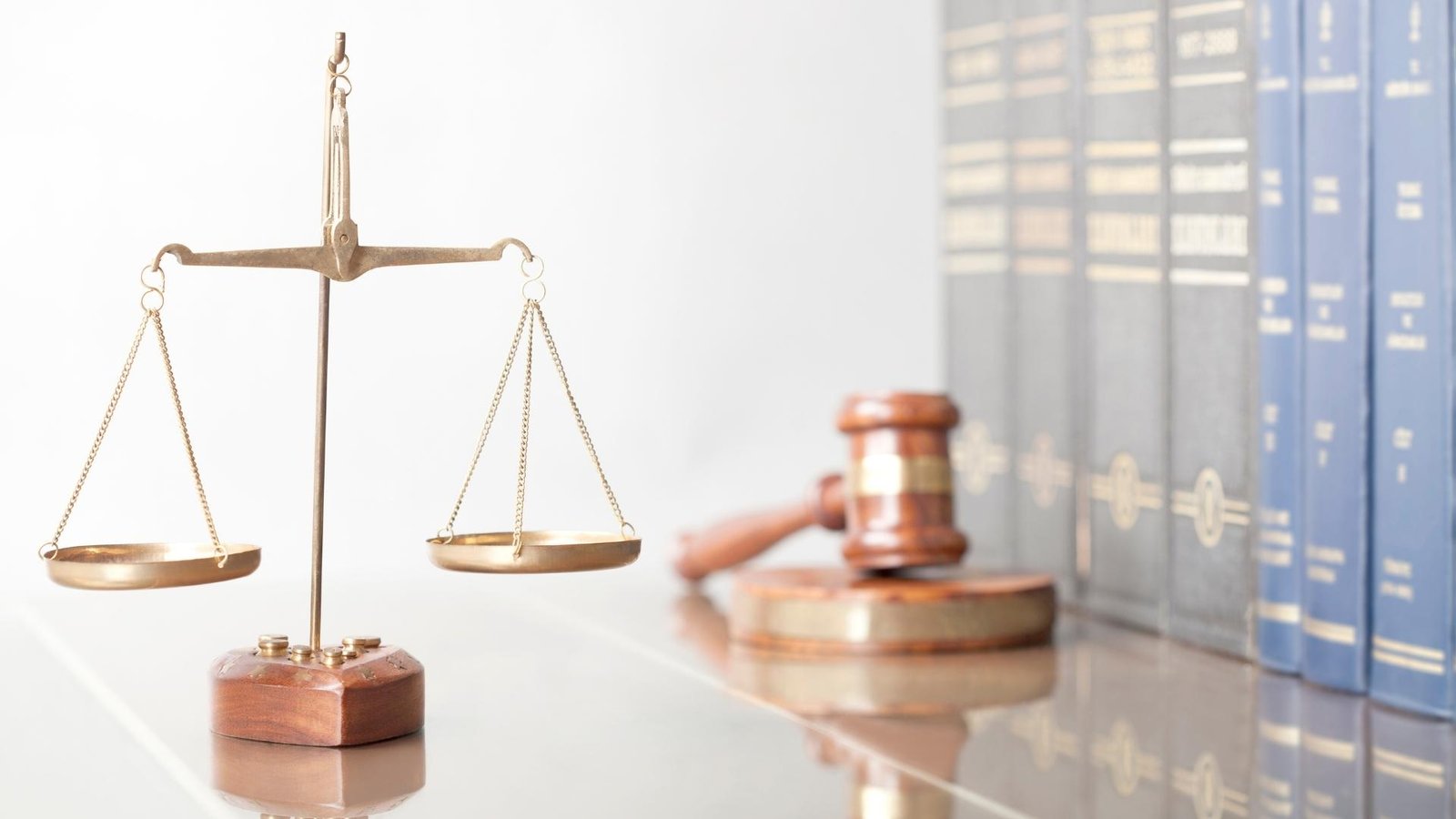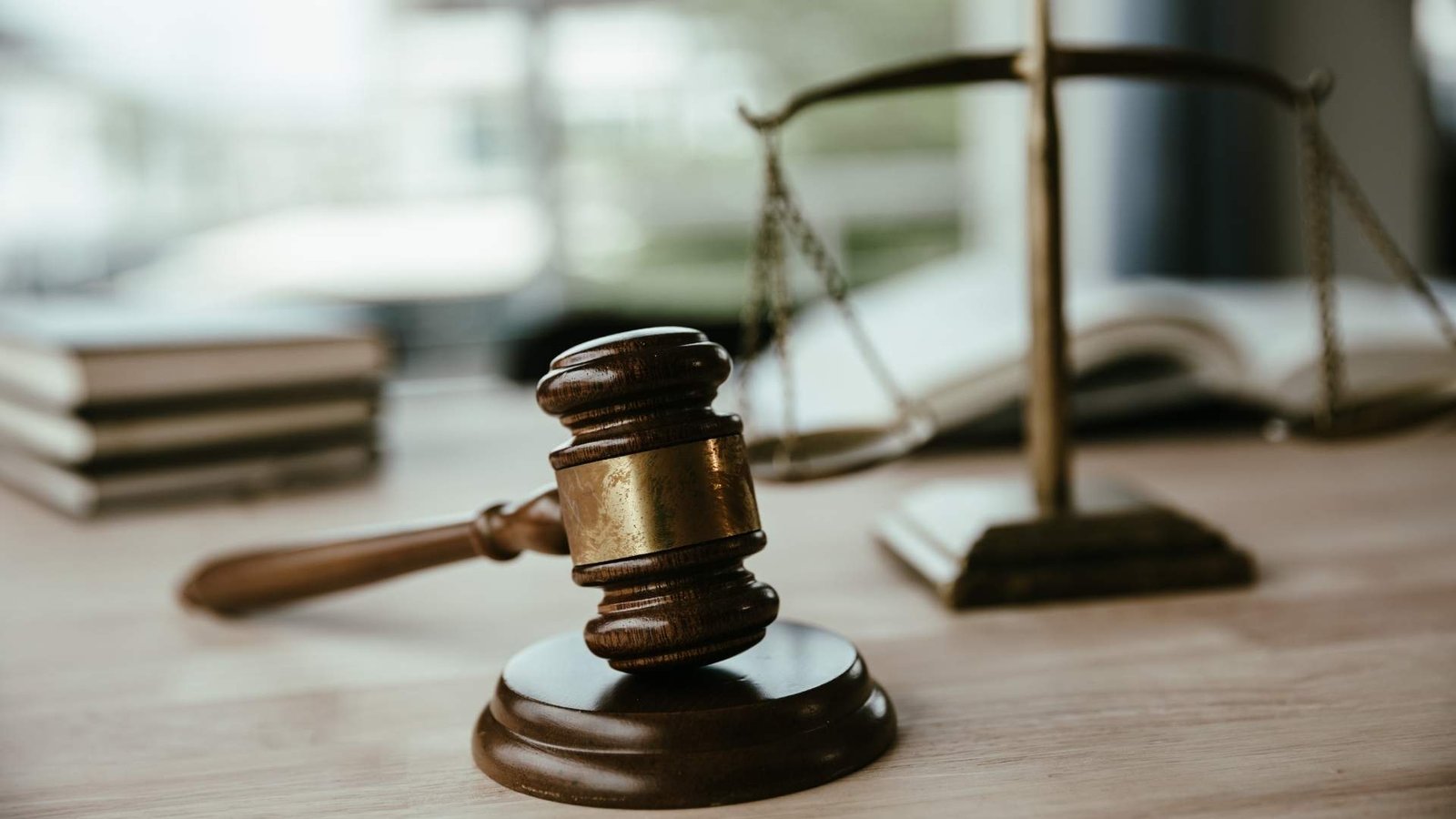On this page you will read detailed information about human trafficking laws in India.
In the previous post, we had shared information about Bharatiya Nyaya Sanhita (BNS) : Exploring India’s Legal System, so read that post also.
As you examine human trafficking laws in India, you find a complex legal landscape shaped by history, economics, and social norms. With over 1.2 billion inhabitants, India represents an immense challenge in combating exploitation. Since 1956, the government has enacted various laws and amendments to address forced labor, sex trafficking, child labor, and bonded labor. However, inconsistent enforcement and corruption impede progress. By understanding the evolution of these laws and analyzing their effectiveness, you gain insight into this human rights crisis. As India continues development, the efficacy of anti-trafficking legislation remains vital. Through objective analysis, you illuminate this complex topic that impacts millions in India and worldwide.
Overview of Human Trafficking in India
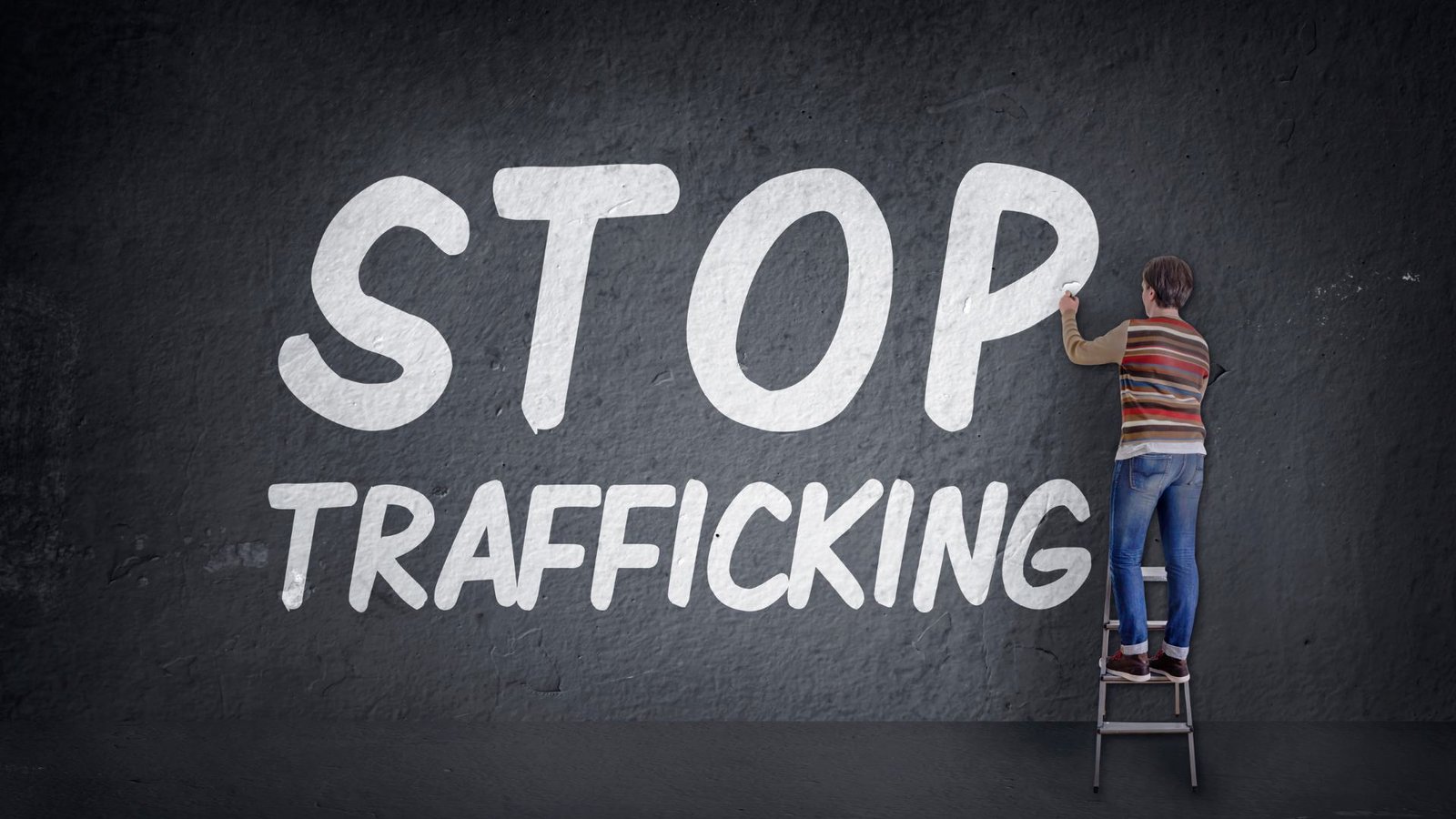
Human trafficking is the trade of humans for the purpose of forced labour, sexual slavery, or commercial sexual exploitation for the trafficker or others. According to the Indian Penal Code, human trafficking is punishable as an offense. However, due to widespread poverty, lack of education, and economic inequalities in India, human trafficking continues to proliferate.
Scale of the Problem
India has the highest number of people in forced labour, including sex trafficking, in the world at around 18.3 million, according to the 2018 Global Slavery Index. The majority of trafficking in India involves young women and girls from economically disadvantaged and marginalized communities. They are sold into brothels or as child brides. Whole families are often trapped for generations in debt bondage making bricks, textiles, or working in agriculture.
Government Response
The Indian government has enacted comprehensive anti-trafficking laws and policies to combat this issue. The Immoral Traffic (Prevention) Act, 1956 prohibits running brothels and living off the earnings of prostitution. Despite this, enforcement is lacking. The Indian Penal Code prohibits bonded and forced labour, but fails to criminalize the wide range of offenses that constitute human trafficking.
Remaining Challenges
There are many challenges impeding the elimination of human trafficking in India. Corruption among law enforcement allows traffickers to operate with impunity. Victims often do not report trafficking due to lack of trust in authorities, fear of retribution, or lack of awareness of their rights and available resources. Social inequality, poverty, lack of opportunity, and demand for cheap labour and commercial sex create conditions for trafficking to thrive. Overall, improving conviction rates, providing victims support services, raising awareness, and addressing root causes must be prioritized to curb this human rights abuse.
Through coordinated efforts across borders and in communities, the prevalence of human trafficking in India can be reduced to ensure that all people live free from exploitation and with dignity. Progress will require political will, social change, and perseverance, but the rewards of freedom and justice are well worth the effort.
History of Human Trafficking Laws in India
India has a long history of laws against human trafficking. As early as the 19th century, India established laws prohibiting kidnapping and forced labor. However, comprehensive laws targeting human trafficking did not emerge until the late 20th century.
In 1987, India’s Immoral Traffic Prevention Act prohibited trafficking for commercial sexual exploitation. This law was later amended to increase penalties for traffickers and provide protections for victims.
The 21st Century: Expanding Legal Frameworks
In the 21st century, India established more robust laws against human trafficking. The Indian Penal Code of 1860 was amended in 2013 to include new sections on trafficking. Section 370 prohibits trafficking of a minor for exploitation, Section 370A prohibits trafficking for slavery or forced labor, and Section 370B prohibits trafficking by administering drugs or threats.
The Criminal Law Amendment Act of 2013 established harsher penalties for those convicted of human trafficking, including life imprisonment and hefty fines. The Act also enabled the government to seize assets of convicted traffickers.
Challenges in Enforcement
While India has established a relatively strong legal framework against human trafficking, enforcement of these laws remains a challenge. Corruption among government officials and a lack of coordination across states and agencies have hampered anti-trafficking efforts. Many victims are reluctant to testify against their traffickers due to threats of violence and social stigma. Non-governmental organizations continue to advocate for increased enforcement and victim protections.
India has seen some progress, but human trafficking remains an urgent problem. Comprehensive law enforcement and coordination across borders are needed to curb trafficking in this region. With increased political will and social support, India can strengthen its fight against this gross violation of human rights.
Key National Laws Criminalizing Human Trafficking
The Immoral Traffic (Prevention) Act (ITPA), 1956
The ITPA prohibits trafficking for commercial sexual exploitation and provides provisions for rescue and rehabilitation of victims. It criminalizes keeping a “brothel” or allowing premises to be used as a brothel, living on the earnings of prostitution, and procuring or inducing a person for the purpose of prostitution. However, the law does not adequately define “exploitation” or specifically prohibit trafficking for forced labor. The law also fails to protect victims from prosecution for unlawful acts committed as a result of being trafficked.
The Penal Code, 1860
Several sections of the Indian Penal Code (IPC) can be used to prosecute human trafficking cases. Sections 366A and 366B specifically prohibit kidnapping or inducing a woman for the purposes of marriage or sexual intercourse. Section 370 prohibits human trafficking, and Section 374 criminalizes unlawful compulsory labor. While these sections provide a legal framework for prosecuting trafficking crimes, the lack of a comprehensive definition of trafficking in the IPC results in inadequate application.
The Bonded Labour System (Abolition) Act, 1976
The Bonded Labour Act abolishes debt bondage and forced labor, and prohibits forcing any person into bonded labor. The law criminalizes the act of making or enforcing bonded labor contracts and requires the rehabilitation and social integration of freed bonded laborers. However, weak enforcement mechanisms and poor rehabilitation programs have limited the effectiveness. Local officials also lack awareness about the law and the will to properly implement it.
The Child Labour (Prohibition and Regulation) Act, 1986
The Child Labour Act prohibits the employment of children below 14 years in hazardous occupations and processes and regulates the working conditions of children in other occupations. However, poverty and lack of awareness have significantly limited the enforcement. Critics also argue that the law fails to prohibit child labor in non-hazardous areas.
In summary, while India has enacted various laws to combat human trafficking and forced labor, lack of implementation, weak enforcement mechanisms, and inadequate victim protection have limited their effectiveness. Comprehensive anti-trafficking legislation with stronger enforcement is still needed to effectively tackle this issue.
State Laws and Policies Related to Human Trafficking
The Immoral Trafficking Prevention Act (ITPA), 1986
The ITPA is the premier anti-trafficking law in India. It prohibits trafficking for commercial sexual exploitation and provides stringent penalties for related offenses. The law defines trafficking broadly to include recruiting, transporting, harboring, transferring or receiving a person through the use of force, coercion, fraud, deception or inducement for the purpose of prostitution. Although the ITPA criminalizes some forms of trafficking, it fails to criminalize trafficking for bonded labor or organ removal. It also lacks provisions for victim protection and rehabilitation.
Other State Laws
Several Indian states have enacted laws to curb human trafficking and provide rehabilitation for victims. For example, the Andhra Pradesh Control of Immoral Traffic Act, 1956 and the Karnataka Devadasis (Prohibition of Dedication) Act, 1982 prohibit the practice of temple-based prostitution. The Tamil Nadu Prohibition of Dedicated Women Act, 1992 forbids the practice of ritualized prostitution. The Maharashtra Control of Organized Crime Act, 1999 includes human trafficking as an organized crime.
While state laws aim to curb specific trafficking practices, most lack a comprehensive and holistic approach to combating human trafficking. Prosecution rates remain low due to challenges like lack of victim identification, corruption and lack of political will. Rehabilitation programs are limited, leaving many victims vulnerable to re-trafficking. Greater coordination between state and central governments is needed to strengthen anti-trafficking laws, facilitate law enforcement and improve victim protection.
Government Policies and Plans of Action
The Government of India has adopted policies and plans of action to combat human trafficking in a coordinated manner. These include the National Plan of Action to Combat Trafficking and Commercial Sexual Exploitation of Women and Children (1998) and Integrated Plan of Action to Prevent and Combat Human Trafficking with Special Focus on Children and Women (2008). While these policies have strengthened India’s anti-trafficking framework, challenges remain in effective implementation, monitoring and evaluation. Sustained political will and adequate funding are required to translate policies into concrete action.
Law Enforcement Efforts to Combat Human Trafficking
Law enforcement agencies in India have made concerted efforts to combat human trafficking. Police officers have worked to identify trafficking routes and methods used by traffickers, though more training is still needed. Local police and special investigation teams conduct raids on establishments where trafficking victims may be present, like brothels, and work to extract victims from these environments.
Improved Training and Resources
In recent years, Indian law enforcement has focused on improving anti-trafficking training for police officers. With the help of NGOs and international organizations, police learn how to identify signs of trafficking, conduct sensitive interviews with victims, and carry out rescue operations. Additional resources, like women police officers and trafficking victim support staff, have also improved law enforcement’s ability to handle trafficking cases appropriately.
Coordinated Raids and Sting Operations
Well-coordinated raids and sting operations have allowed police to rescue victims from trafficking situations. Local police collaborate with special investigation teams to survey locations where trafficking is suspected, gather information about traffickers and victims, and plan strategic operations to extract victims with minimal risk. These efforts require extensive planning and coordination across law enforcement agencies but have led to the rescue of thousands of victims in recent years.
While law enforcement has made progress, more work is still needed. Corruption and lack of political will remain barriers, and there are too few convictions of high-level traffickers. However, with continuous training, increased resources, and coordinated law enforcement efforts across India, more victims can be rescued and perpetrators brought to justice. Overall, a victim-centered, trauma-informed approach will be key to law enforcement’s success in the fight against this heinous crime.
Protection and Rehabilitation of Trafficking Victims
Victims of human trafficking in India have a number of legal protections and rehabilitation options available to them. However, many victims remain unaware of their rights or face obstacles accessing assistance.
The Indian government passed the Immoral Traffic (Prevention) Act in 1986 to prevent human trafficking and protect victims. This law established rehabilitation homes to provide trafficking victims housing, healthcare, counseling, and vocational training. Additionally, the law entitles victims to interim relief and compensation for injuries from their traffickers.
Despite these legal protections, many victims do not receive rehabilitation services. Corruption and lack of funding hamper the effectiveness of rehabilitation homes. Victims also face social stigma that deters them from accessing services or reintegrating into communities. Language and cultural barriers further isolate foreign trafficking victims in India.
India’s juvenile justice system aims to rehabilitate child trafficking victims. The Juvenile Justice Act requires authorities place child victims in rehabilitation centers rather than detention facilities. Rehabilitation centers provide education, healthcare, counseling, and family reunification services. However, lack of oversight and minimal standards result in poor conditions in some centers. Many children escape these centers and re-enter trafficking.
India has taken commendable steps toward assisting human trafficking victims. However, more work remains to raise awareness of rights, improve rehabilitation services, and address root causes of trafficking. Stronger laws, increased funding, victim-centered policies, and cross-sector partnerships can help achieve these goals. With a victim-centered, trauma-informed approach, India can better identify, protect and rehabilitate human trafficking victims.
Remaining Gaps in India’s Anti-Trafficking Legal Framework
India has a strong legal framework to combat human trafficking, including a comprehensive anti-trafficking law and several sections of the Indian Penal Code that criminalize trafficking. However, there are still some gaps remaining in the legal framework that could strengthen anti-trafficking efforts.
Firstly, India’s anti-trafficking law, the Immoral Traffic (Prevention) Act, does not criminalize the demand for commercial sex or the exploiters who drive trafficking for commercial sexual exploitation. The law focuses more on the traffickers and middlemen rather than the end exploiters, making it difficult to curb the demand that fuels sex trafficking. The Indian government could amend the law to punish those who solicit or exploit victims of sex trafficking.
Secondly, India’s Bonded Labor System (Abolition) Act does not provide adequate victim rehabilitation and compensation. While the law bans bonded labor, it lacks provisions for the rehabilitation and compensation of freed bonded laborers. The government could strengthen the law by providing comprehensive rehabilitation for bonded labor victims including shelter, medical care, counseling, education, and job skills training. The law could also mandate compensation for victims from the perpetrators.
Finally, India’s various anti-trafficking laws lack uniformity and consistency. The laws have different definitions of trafficking, making it difficult to obtain accurate data on trafficking cases and victims. The laws also prescribe varying penalties for similar offenses. The Indian government could harmonize the anti-trafficking laws to establish consistent definitions, penalties, and procedures that strengthen the overall legal framework.
In summary, amending laws to punish demand, providing rehabilitation and compensation for victims, and harmonizing anti-trafficking laws could help close remaining gaps in India’s legal framework. By strengthening laws and enforcement, India can make progress toward eliminating human trafficking.
India’s Ranking in Global Anti-Trafficking Indexes
India’s laws and policies on human trafficking have been ranked poorly by several international indexes that measure a nation’s efforts to combat this crime. According to the US State Department’s 2020 Trafficking in Persons report, India does not fully meet the minimum standards for the elimination of trafficking. Similarly, the Global Slavery Index ranked India 53rd out of 167 countries in its 2018 assessment of anti-trafficking policies and enforcement.
These low rankings are due to several factors, including lack of enforcement of existing laws, lack of protection and rehabilitation for victims, and government corruption. Although India has comprehensive laws against human trafficking, including the Immoral Traffic (Prevention) Act and sections of the Indian Penal Code that prohibit bonded labor and child trafficking, enforcement of these laws remains limited. Law enforcement officials often lack proper training and resources to identify trafficking victims and investigate cases.
Additionally, the Indian government provides minimal protection and rehabilitation services for trafficking victims. Shelters are scarce, underfunded, and unable to provide comprehensive care. Corruption among government officials, especially border agents, police, and bureaucrats, undermines anti-trafficking efforts and allows traffickers to operate with impunity.
To improve its ranking and effectively combat human trafficking, India must make significant changes to strengthen enforcement of existing laws, increase funding for victim services, and curb government corruption. Increased prosecutions of traffickers, including complicit government officials, are also needed to deter this criminal activity. With a huge population vulnerable to exploitation, India has a long way to go to meet minimum standards for eliminating human trafficking within its borders. International cooperation and pressure may be required to motivate policy changes on a broader scale.
Overall, while India has shown a willingness to address this issue by enacting strong anti-trafficking legislation, the government’s follow-through and commitment to enforcement have been lacking. Until India bridges the gap between policy and practice, human trafficking will continue to persist at alarming rates. With political will and support from partners abroad, India can make progress against trafficking by translating its laws into meaningful action.
FAQs on Human Trafficking Law in India
Human trafficking is a grave criminal offense in India that violates basic human rights. India has comprehensive laws against human trafficking, but many are unaware of the legal remedies and protections available. Here are some frequently asked questions on human trafficking laws in India:
Human trafficking involves recruiting, transporting, transferring, harboring, or receiving a person through the use of force, coercion, abduction, fraud, deception, abuse of power, or giving payments to someone in control of the victim. Trafficking can be for purposes of forced labor, sexual exploitation, slavery, servitude, forced removal of organs, etc.
Conclusion
You have examined the complex issue of human trafficking in India and the evolution of the legal framework enacted to combat it. While laws have progressively strengthened over the last two decades, their enforcement remains inconsistent and challenges persist. However, the trajectory is positive. As public awareness and political will grow, and law enforcement capabilities improve, India is poised to make great strides against the scourge of human trafficking. With continued effort by government, civil society and international partners, and the courage of victims to seek justice, India can send a strong message that human trafficking will not be tolerated. The opportunity exists to set an example for the region and the world. There are always difficulties bringing such horrors to an end, but it is a cause for optimism that India has made it a priority. With vigilance and perseverance, the day will come when no person is exploited in this way on Indian soil. You have shone a light on the issue; it is up to all stakeholders to take it from here.
Disclaimer
The information and services on this website are not intended to and shall not be used as legal advice. You should consult a Legal Professional for any legal or solicited advice. While we have good faith and our own independent research to every information listed on the website and do our best to ensure that the data provided is accurate. However, we do not guarantee the information provided is accurate and make no representation or warranty of any kind, express or implied, regarding the accuracy, adequacy, validity, reliability, availability, or completeness of any information on the Site. UNDER NO CIRCUMSTANCES SHALL WE HAVE ANY LIABILITY TO YOU FOR ANY LOSS OR DAMAGE OF ANY KIND INCURRED AS A RESULT OR RELIANCE ON ANY INFORMATION PROVIDED ON THE SITE. YOUR USE OF THE SITE AND YOUR RELIANCE ON ANY INFORMATION ON THE SITE IS SOLELY AT YOUR OWN RISK. Comments on this website are the sole responsibility of their writers so the accuracy, completeness, veracity, honesty, factuality and politeness of comments are not guaranteed.
Knowing about laws can make you feel super smart💪 ! If you find value in the content you may consider joining our not for profit Legal Community ! You can ask unlimited questions on WhatsApp and get answers. You can DM or send your name & number to 8208309918 on WhatsApp


